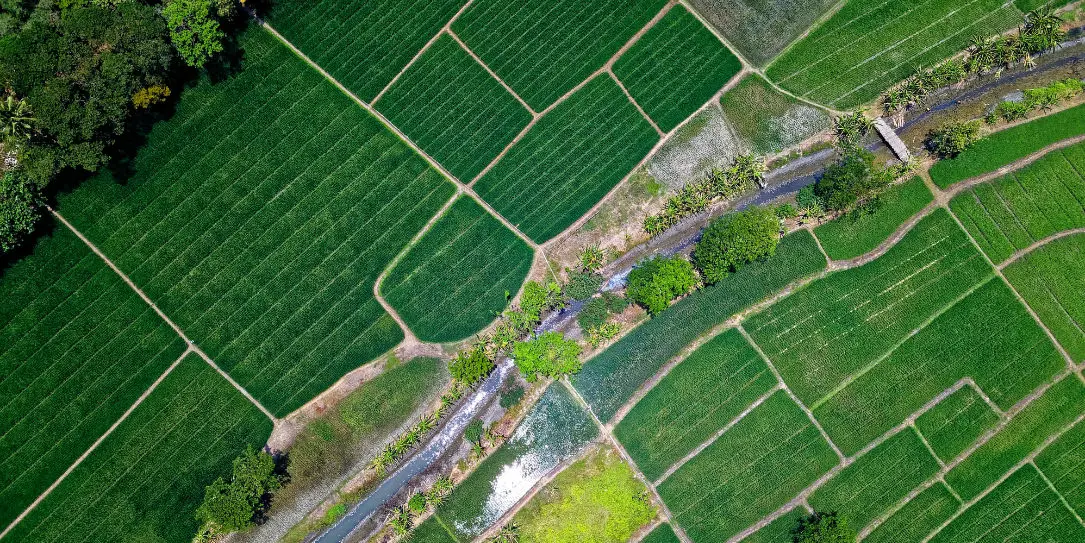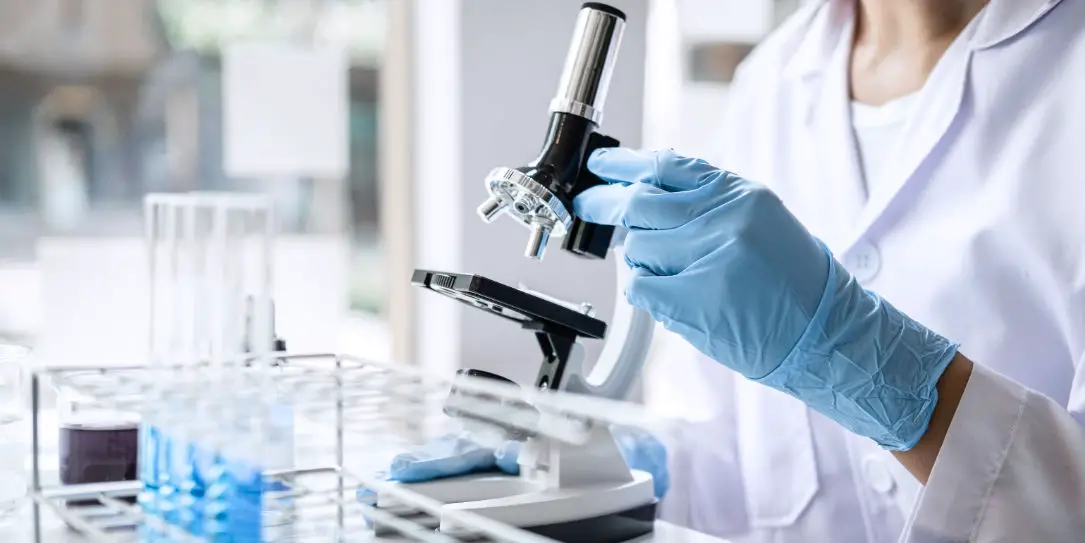When you think about industries on the cutting edge of technology, you probably don’t think about food. Even so, the food industry has seen some remarkable changes in the past few years thanks to recent innovations. From lab-grown meat to blockchain in the supply chain, food tech is growing everywhere.
Technology is reshaping the food industry at every step of the process. It’s changing how crops grow and where meat comes from, how it gets to restaurants, and how stores sell it. Whether you realize it or not, food technology is disrupting the way you eat.
Here’s a closer look at five recent developments in food technology and how they’re changing the industry for the better.
Lab-Grown Meat
Perhaps the most newsworthy development in food tech is lab-grown meat. The global livestock industry produces 7.1 gigatons of greenhouse gasses annually, accounting for 14.5% of all human-made emissions. Producing meat in a lab lessens those emissions while providing an alternative to plant-based options.
To grow meat in a lab, scientists first take stem cells from animal tissue, which doesn’t kill the animal. They then nurture the cells so they multiply, eventually creating muscle tissue. The final product is biologically the same as a traditional cut of meat but doesn’t take nearly as much land or energy to produce and is cruelty-free.
This process is still expensive, but as technology advances, it will become more affordable. The cost for a lab-grown burger patty fell from $300,000 to $600 in just five years. At that rate, it won’t be long until lab-grown meat is a viable option for average consumers.
Smart Farming
Farming will likely always be an essential part of life, but it won’t always look the same. Today’s farms are becoming increasingly tech-reliant, helping them produce more with fewer resources. One of the most exciting trends in modern agriculture is the rise of smart farming.
Smart farming uses technologies like the Internet of Things (IoT) and automation to make agriculture more efficient. For example, many farmers now use IoT sensors in the soil to measure things like water retention and nutrients. This data then guides them, so they only use as much water or other resources as they need.
Traditionally, agriculture uses a lot of land, water, and energy. Smart technologies enable farms to optimize their resource consumption, doing more with less. This shift will help feed a growing population while becoming more sustainable.

Online Grocery Delivery
Food tech goes beyond reshaping where food comes from. It also changes how we get it. For example, online grocery delivery services have seen remarkable growth recently. These helped people stay safe amid the COVID-19 pandemic, as this kind of delivery reduces the risk of exposure. But online delivery goes beyond public health concerns.
With online delivery, shoppers have found it easier to avoid impulse buying. Sales and coupons are also more readily available through certain browser extensions, simplifying the transaction process.
Grocery delivery services also help busy people save time, since they don’t have to physically go to a store. The act of grocery shopping becomes more accessible.
Biodegradable Packaging
Some of the most significant advancements in food tech don’t actually deal with food itself. Food packaging materials have seen some considerable improvements over the past few years. Most notably, biodegradable packaging has risen in popularity, making the industry more sustainable.
Food and its packaging accounts for 45% of all waste that ends up in landfills. Since many foods or ingredients come in plastic packages, that’s a cause for concern. Biodegradable packaging takes care of that problem.
Biodegradable packaging materials can come from virtually anywhere. Many come from plants, some come from bioplastics, and others come from recycled cardboard. New options emerge all the time. And as more companies embrace them, the food industry becomes less wasteful.
Connected Supply Chains
Ensuring your food gets from a farm or factory to the store can be more challenging than you’d think. With sensitive materials like meat, fruits, and vegetables, a lot of things can go wrong. Connected technologies throughout food supply chains help ensure they don’t.
Many logistics services have started using IoT sensors in their shipments. These gather data like location, temperature, and other quality-related information and make it wirelessly accessible. If something goes wrong, like a refrigeration unit breaking, companies will know about it immediately and act accordingly to prevent spoilage.
A more recent and cutting-edge development is the use of blockchain to record and communicate this data. No one can change a record on the blockchain, but all involved parties can see it. This removes the risk of fraud, assuring companies that the food they ordered is exactly what they’re getting.
Technology Is Making Food More Accessible and Sustainable
People need food to survive, so the food industry will always be around. Since it’s so crucial, the sector must become as accessible and sustainable as possible to serve a growing population. Technology provides the avenue to reach these goals.
Traditionally, the food industry has been wasteful and environmentally destructive. Technology is changing that, and these improvements keep growing as tech keeps advancing. As new food tech emerges, the food sector will continue to improve on all fronts.
What do you think of lab-grown meat and other food tech? Please share your thoughts on any of our social media pages. You can also comment on our MeWe page by joining the MeWe social network.










